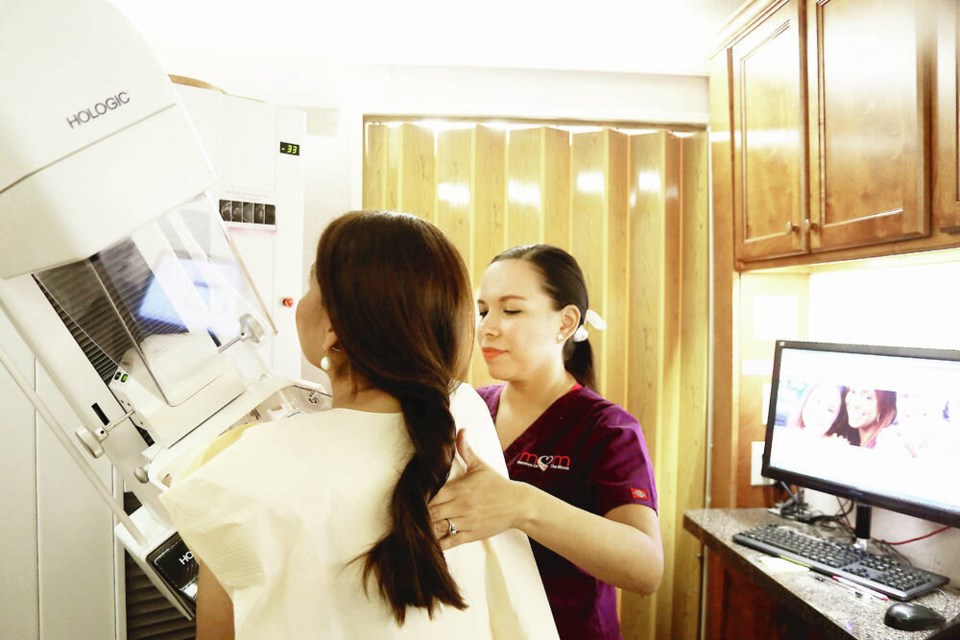A controversy has erupted over the age at which women should begin breast cancer screening. At present, women in sa国际传媒 are advised to start having regular mammograms at age 50, continuing until age 74.
These guidelines apply to women with no family history or genetic markers that make them more susceptible. Women who do have these markers may be advised by their physician to begin screening earlier in life.
The controversy began two weeks ago when an expert panel in the U.S. recommended that routine mammograms should begin at age 40. Three reasons were given.
First, in the U.S., the number of young women developing breast cancer before 40 has increased each year for several years. That’s problematic because younger women tend to have faster-growing, more aggressive tumours.
The same is true in sa国际传媒. A recent study found that between 2000 and 2015, the incidence of breast cancer in Canadian women under 40 increased by 10 per cent. That’s not a small number.
Second, Black women in the U.S. are 40 per cent more likely to die of breast cancer than other race-based groupings. Postponing mammography may be failing these patients.
Third, the panel took issue with the central argument for delayed screening, namely that the anxiety caused by “false positives” is reason enough to put off having mammograms.
False positives occur when the test reveals what appears to be cancer, but which is found on further examination to be harmless.
While that may have been a reasonable stance some years ago, the panel believed, the evidence of increased incidence in younger women turns the balance in favour of earlier testing.
This prompted a strong push-back by the Canadian authority responsible for screening guidelines, the Task Force on Preventive Health Care.
There is some uncertainty about where exactly the task force stands. Staff complain they’ve been misquoted, and their position is open to discussion.
However, in response to the American research, task force co-chair Dr. Guylène Thériault insisted that the benefits of earlier screening are not sufficient to outweigh the anxiety created by false-positive results, or over-diagnosis when harmless tumours are detected.
She pointed out that for every 2,000 women between the ages of 40 and 49 screened for a decade, only one woman would die of breast cancer. However, around 300 false-positives would be detected.
Now, both the American and Canadian studies break new ground. And there is no explanation for the increased incidence of breast cancer in women under 40.
Nevertheless, even if only one woman in 2,000 is saved, isn’t that worthwhile?
And what of the other patients who didn’t die, but may have undergone mastectomies or disruptive chemotherapies? Was that a price worth paying to be spared the anxiety of a false positive?
Task force staff do point out that their guidelines are more advisory than compulsory.
That may be so, yet advice of this kind carries considerable weight in the medical community. It’s likely most physicians stick closely to it.
The underlying issue is whether it’s appropriate for a central body like the task force to substitute its own judgment in what is very much a matter of personal choice.
Some women may wish to defer screening due to the anxiety associated with false positives. Others may wish to play safe and have the test.
The solution is obvious. A woman under 50 who wants a mammogram should have it.
Fortunately, that is the position taken by the sa国际传媒 government. Here, women aged 40 and over can request a mammogram with no need for a physician referral.
That is how it should be.
>>> To comment on this article, write a letter to the editor: [email protected]



